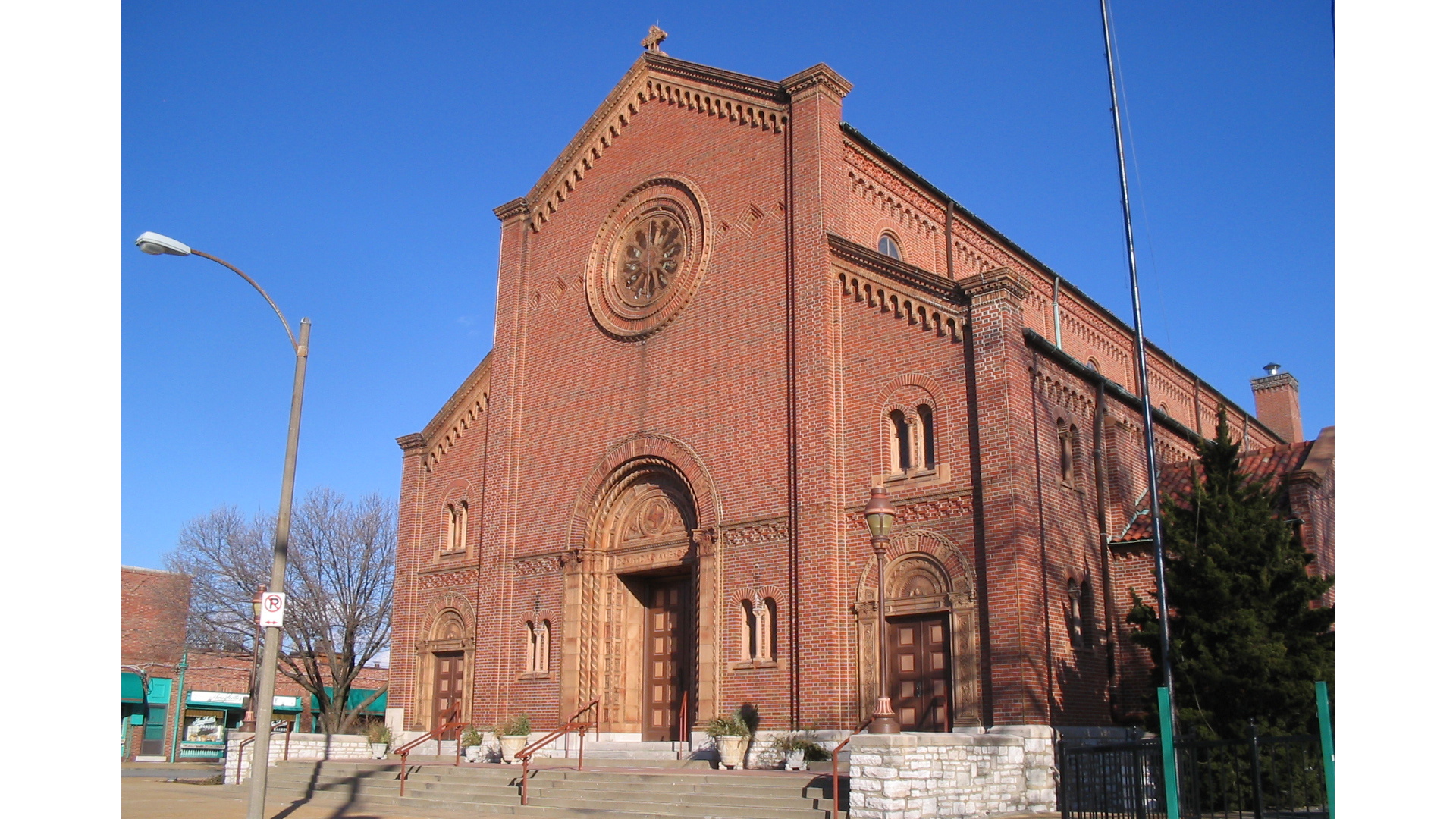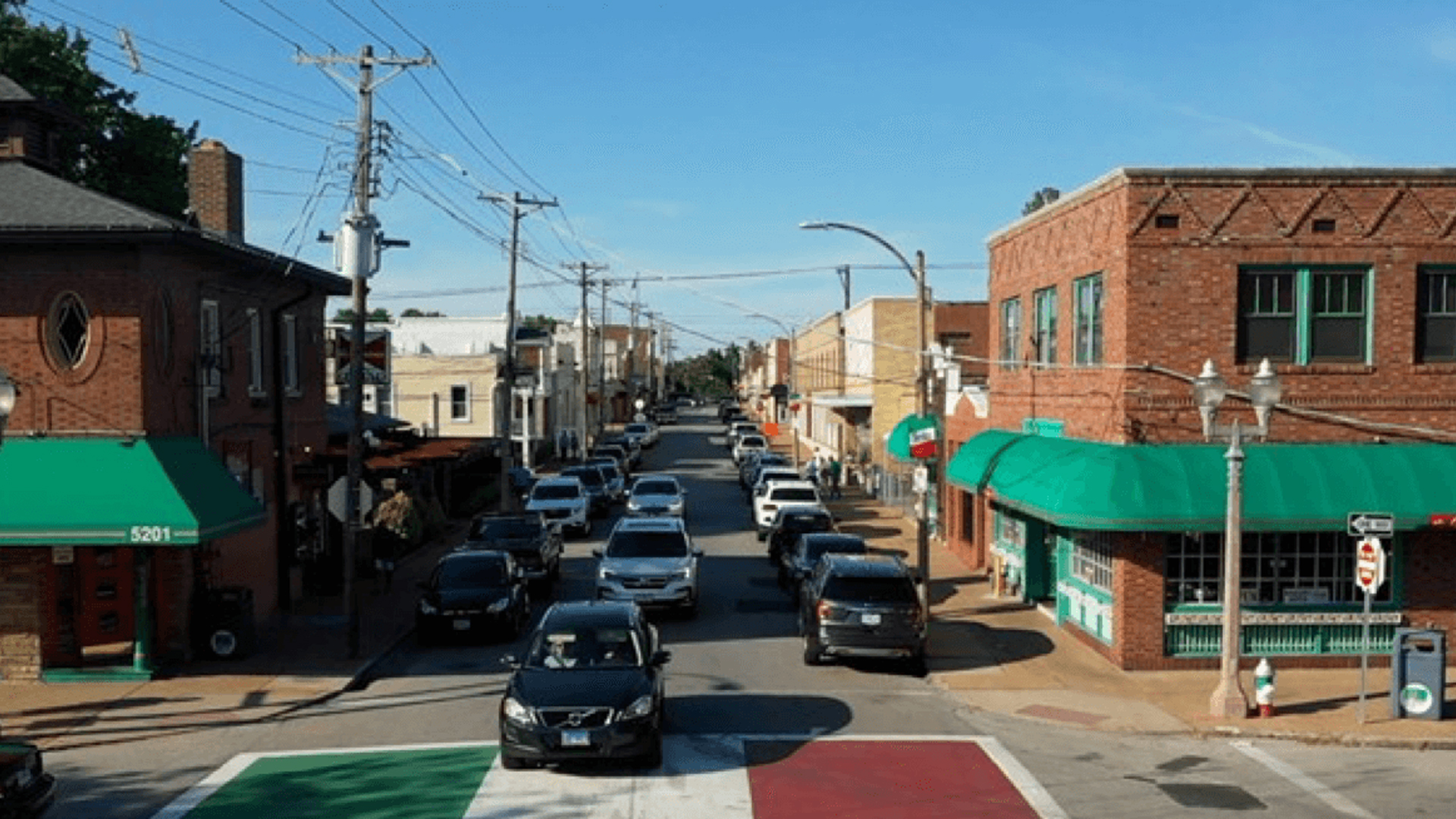St. Louis, Missouri is known worldwide as the "Gateway to the West." The iconic Gateway Arch reflects St. Louis' role in the Westward Expansion of the United States during the 19th century. As Americans were fleeing westward, Italian immigration began to follow suit with new Italian immigrants making St. Louis their home in the late 1880s along with the Germans, Greeks and Irish. The influence of Italians in St. Louis is reflected in its history and today, the city still maintains a traditional collection of authentic Italian businesses, churches and charm.
Early Beginnings

Various ethnic groups started calling St. Louis home in the mid-1800s. Northern Italians, specifically from the region of Lombardy, began to settle in downtown St. Louis. Nearby manufacturing plants, established by the exploitation of clay deposits discovered by the Irish immigrants in the 1830s, created an allure for immigrants who were able to get jobs.
As the population of Italian speakers grew, there was a need for an Italian church. The parish of St. Ambrose was founded by members of St. Aloysius Gonzaga Parish. Following a terrible fire that burned the first wooden church in 1924, a new brick church was built in 1926. The structure was designed by Italian architect Angelo Corrubia and was designed after the Sant'Ambrogio Church in Milan. This created a renewed sense of pride in Italian residents and an opportunity for the community to donate funds for the new church. St. Ambrose became a territorial parish of the Archdiocese of St Louis in 1955.
The first Little Italy of St. Louis was located just north of downtown, but that area has long since been redeveloped. On the high ground south of Forest Park, brick factories began to hire many Italian immigrants who began to settle and build homes. This area quickly transformed into the Italian enclave known as “The Hill”.

Little Italy in St. Louis or “The Hill” is located within the borders of Manchester Road to the north, and Columbia and Southwest to the South. Italian immigrants have been living in the area since the late 19th century. Over the years, the area has built and maintained a strong sense of community, and the families of Italian immigrants have remained in the area, continuing an enduring legacy. Today, the Hill is best known for its variety of Italian restaurants, bakeries, butcher shops, and other establishments, even among visitors who are not part of the Italian community. It is largely recognized as one of the cultural neighborhoods of St. Louis where the real Italian community still exists.
The neighborhood is famously home to baseball legends Yogi Berra and Joe Garagiola. They lived across the street from each other on Elizabeth Avenue. Garagiola went on to host “The Tonight Show” and invited Berra as a guest along with fellow St. Louis native, Toni Carroll. Another notable son of “The Hill’, Carroll established his singing career in New York City in the 1950s and 60s, appearing on Broadway and the Copacabana.
As of 2005, there are close to 2,000 native born Italians residing throughout the St. Louis Metro area. The neighborhood has remained true to its roots more than 100 years after the arrival of the first immigrants from Italy’s Lombardy region. Organizations, like the Italian Community of St. Louis, helped to organize and promote Italian language and culture and put on annual events like Carnevale and Ferragosto. It seems everyone has a favorite spot on the Hill. St. Louis’ Italian neighborhood draws tourists and locals alike, offering a host of restaurants that have been run by the same families for generations and a church still attended by descendants of the Italian immigrants who built it.
AJ Forrisi
Assistant Editor for America Domani, AJ Forrisi is a Brooklyn-based writer and photographer. His work focuses on food, travel, sports, landscapes, and urban scenes. You can find him on Instagram @aj.photo.works.

